My next multiday trek in Thailand started in Chiang Rai with a long-tail boat ride up the Kok River to the village of Ban Ruammit. While still fairly close to “civilization,” the ominously growing cloud cover reminded me of Charles Marlow‘s voyage up the Congo River in Joseph Conrad‘s Heart of Darkness. After buying and packing our food for the trip, we hiked mostly along farm roads and paths, which was a nice contrast to all the bushwhacking of my first trek in the Mae Wang Area. The terrain and variety of weather were familiar to me now but only a bit less challenging: many climbs and descents, both heavy rainfall and dry sunshine, and a wide range of temperatures. My guide and I stayed overnight in the villages of two ethnic tribes that I mentioned in my previous post: Lahu and Akha.
Chiang Rai‘s Hilltribe Museum, from which I gathered much of the material in my previous post, is part of the Population and Community Development Association (PDA), an NGO founded in 1974 to reduce poverty through development initiatives and family planning programs. They also run a coffee shop and bakery named Coffee & Condoms (formerly a restaurant named Cabbages and Condoms), and run ethical and environmentally-sound tours to nearby temples, villages and elephant camps.
The PDA is where I found my guide for this trek. Mr. Somsak Chamoh is a Lahu farmer in his mid fifties who has lived in these hills all his life. Spending time on the trails with someone nearer my age (he’s a grandfather!) allowed for different types of chats than I experienced with most of my guides, all the rest of whom are many years younger than me. His facility with the machete and his cooking skills more than made up for his slower walking pace. He speaks enough English to help me in my conversations with the people we met and is proficient in several tribal tongues.
After threatening all morning, the clouds finally opened up, turning the trails and farm roads into streams. We took shelter in a small shack to change into our foul-weather gear before continuing up the mountain. (Note: The ≈1-meter-tall bamboo structure that you can see rising from the ground in the lower left corner of this photo is a mountain spirit figure. We had a snack of some sticky rice, and Somsak placed a small bit on the figure as an offering.)
We climbed along a slippery, muddy trail to finally reach a larger shelter, where we were soon joined by two friends of Somsak and their soaked canine friend. I tried to cheer the poor pup up, but not even the fluttering butterflies seemed to help him feel any better.
Midday chats, tobacco (“smoke ’em if you got ’em”), and eating some lunch helped pass the time until the rain moved on, and we set out again.
As we walked through the mountain corn fields and approached Somsak’s village for the first night’s stay, we heard the constant noise of motorbikes whizzing back and forth in the distance. He believes that the introduction of affordable bikes has improved village life more than any other technology, even more than electricity, mobile phones, and solar power, by moving people and the harvested corn and rice more quickly to and from the fields.
Village kids and Somsak’s wife and grandchildren.
Dinner was pumpkin & pork tongue soup, BBQ chicken wings, stir fred vegetables, steamed rice, and bananas.
A neighbor delivered a fresh delicacy as a special treat for tomorrow’s breakfast, washed and fried in the morning.
Mmmm… fried crickets to accompany my scrambled eggs, fresh fruit, toast with jam, and instant coffee! I ate a couple of them – they tasted nutty, and I was warned to remove the wings, which can be a choking hazard.
Somsak caught a pic of me on the morning climb to the popular Doi Bo Viewpoint, the highest point of our trip.
With its marvelous views down into the valleys and to distant Chiang Rai, Doi Bo is popular with local Thais for the occasional wedding ceremony and tourists wanting a strenuous climb. It was a nice place to rest and soak up the warmth of the morning sun before starting our trip down amongst the streams, rivers, and waterfalls.
Fabulous fungi!
I had heard about how versatile bamboo can be, but I had no idea of the great variety of bamboo species that exist in this part of the world. Somsak is a master carver with his machete, making for me a drinking cup (seen in the dinner photo above), a ladle, cookware, and a pipe whistle (seen below).
Boiled greens, roasted pork, and steamed rice, all cooked with bamboo!
He even wove bamboo friendship rings…
… and a traditional Lahu bamboo pipe. In the past, before motorbikes were popular in the villages, men and women would walk long distances to their fields and back, playing and singing such songs as this for their entertainment.
Staying our second night at a friend’s home in an Akha village, I met and played games with some of the village kids.
Dinner was abbreviated when our chef was called away unexpectedly to prepare dog for a special ceremony in a neighboring village. Somsak explained that Akha people eat dog meat when they get permission from the village headmen, so it was an opportunity our chef couldn’t miss.
Lahu don’t eat dog. Nor do I.
I wonder if that will be a hiccup in the future integration of these two otherwise friendly and compatible hill tribes…
While I’m on the subject of “new foods,” I neglected to mention another unique (to me!) offering on one dinner of my first trek in the Mae Wang Area. “We call it ‘Robin Hood,’“ Montree explained, “because he flies in that movie…”
“Huh?” I asked incredulously. “Robin Hood flies?”
“Yeah, just like the flying squirrels in the stew tonight!”
Hmmm…
I didn’t partake of the Robin Hood Stew, nor could I ever figure out the movie reference.
Dog meat aside, our meals with the Akha friends of Somsak were simple. Dinner was potato broth, and stir-fried chicken and vegetables. Breakfast was watermelon, an omelet, and honey on toast.
Our last day was going to be our longest in distance and with the hottest temperatures. But traveling mostly downhill, we moved at a pretty quick pace.
This was the shortest of my multiday treks on this trip and the most chill. Somsak is an excellent guide, and we had fun as two old guys walking in silence past all the young men scooting around on their noisy motorbikes. Only the local women could outdo us for endurance – and that’s just fine with me.
Chiang Rai Trek Stats
Distance: 30.0km / 18.6mi
Elev Gain: 1,357m / 4,453ft
Time: 12.75 hours
Steps: 57,808
Day 1 to Ban Ya Fu
Day 2 to Ban A Cha
Day 3 to Ban Huai Khom Nai
Guide: Mr. Somsak Chamoh
Population and Community Development Association (PDA)
Hilltribe Museum
PDA Building, 3rd Floor
620/25 Thanalai Road
Tambon Wiang, Amphoe
Chiang Rai 57000, Thailand
Mobile/WhatsApp: +66 838973715
Landline: +66 53740088
Website: www.pdacr.org
Email: pdatour.cr@gmail.com

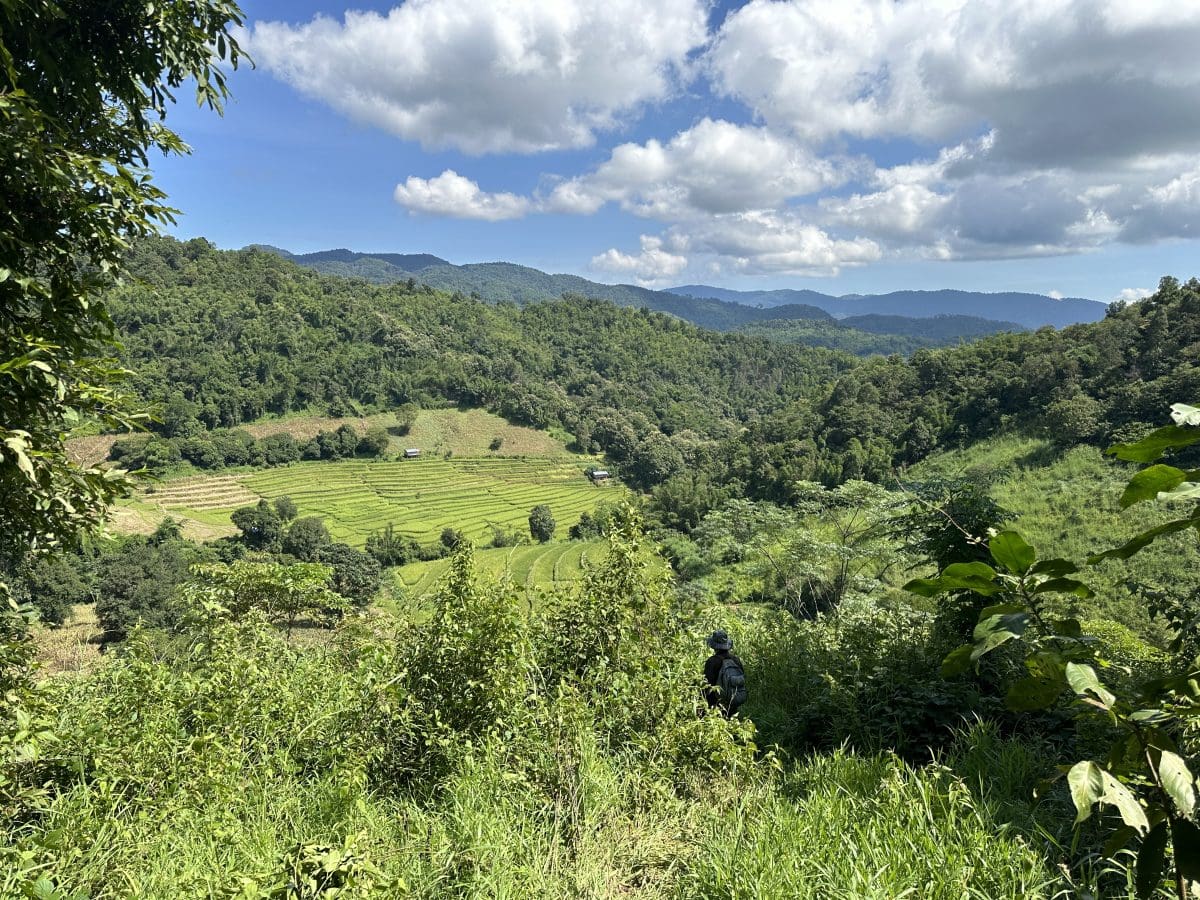


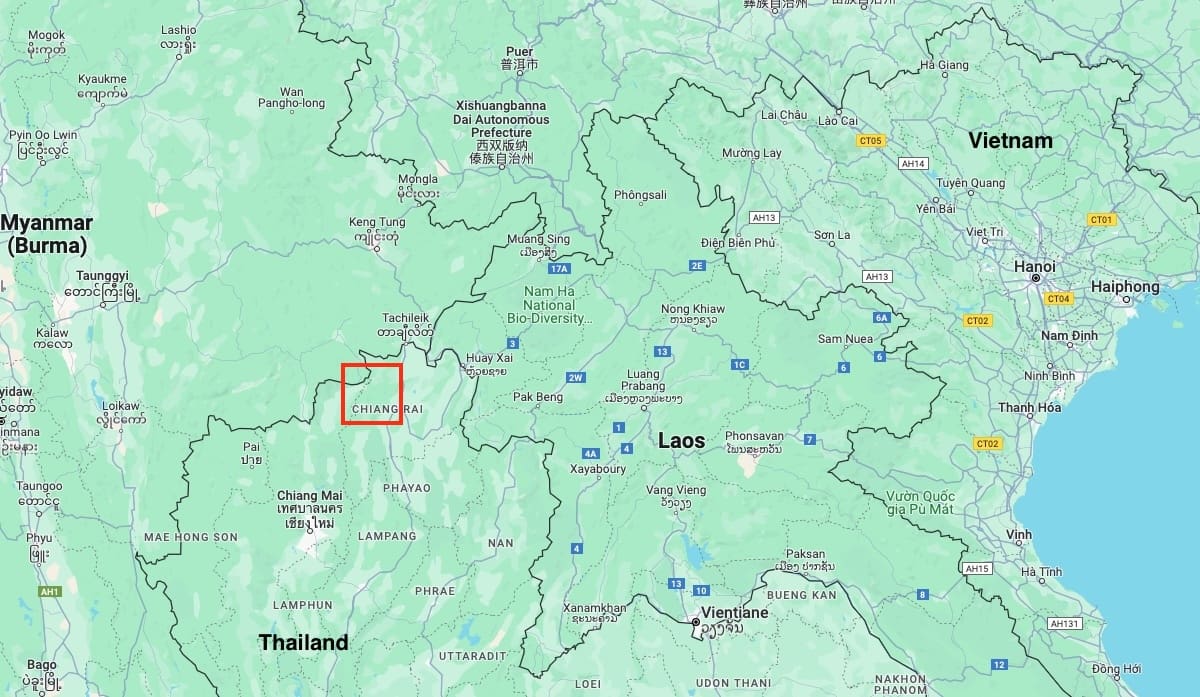






































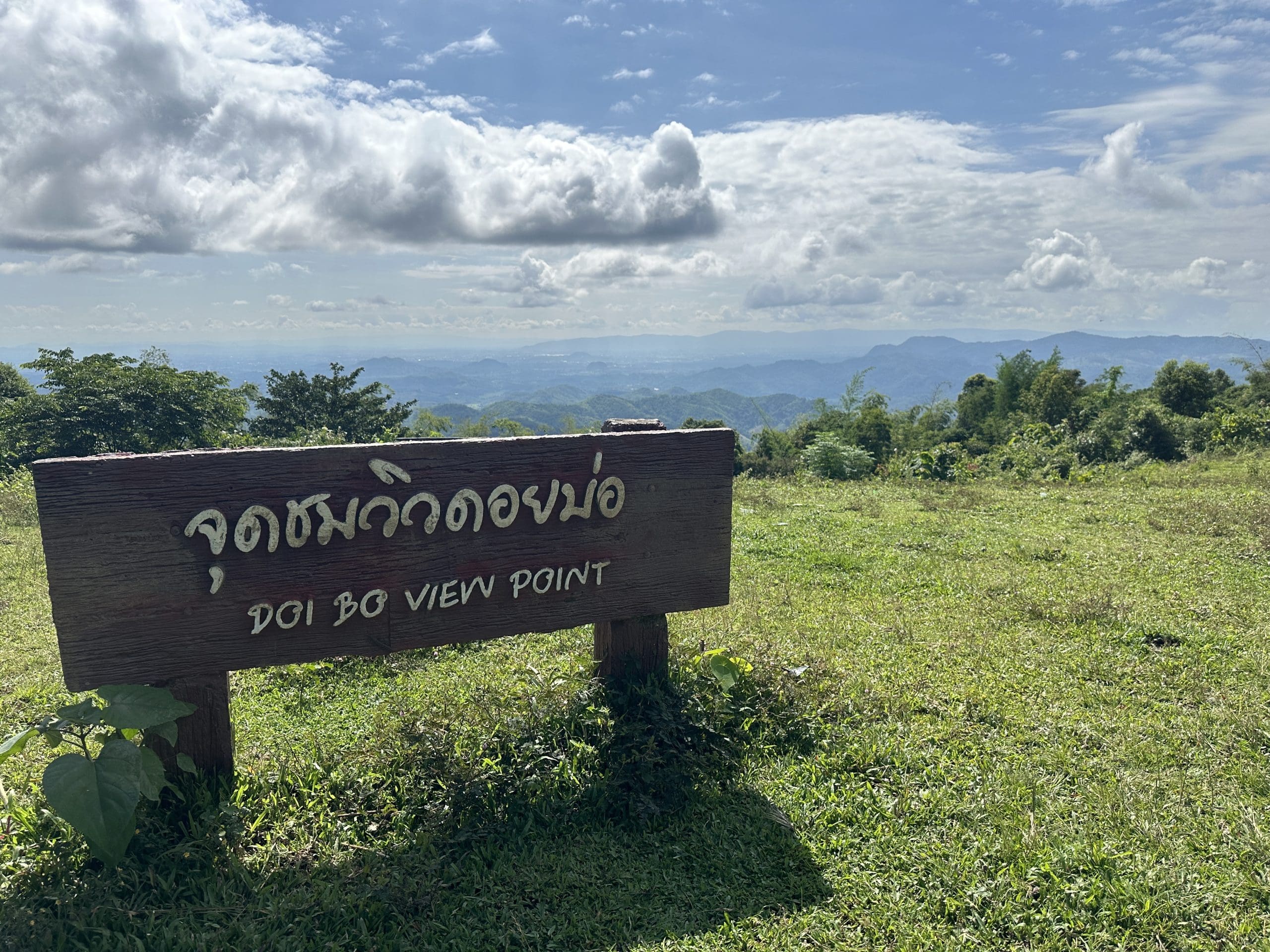














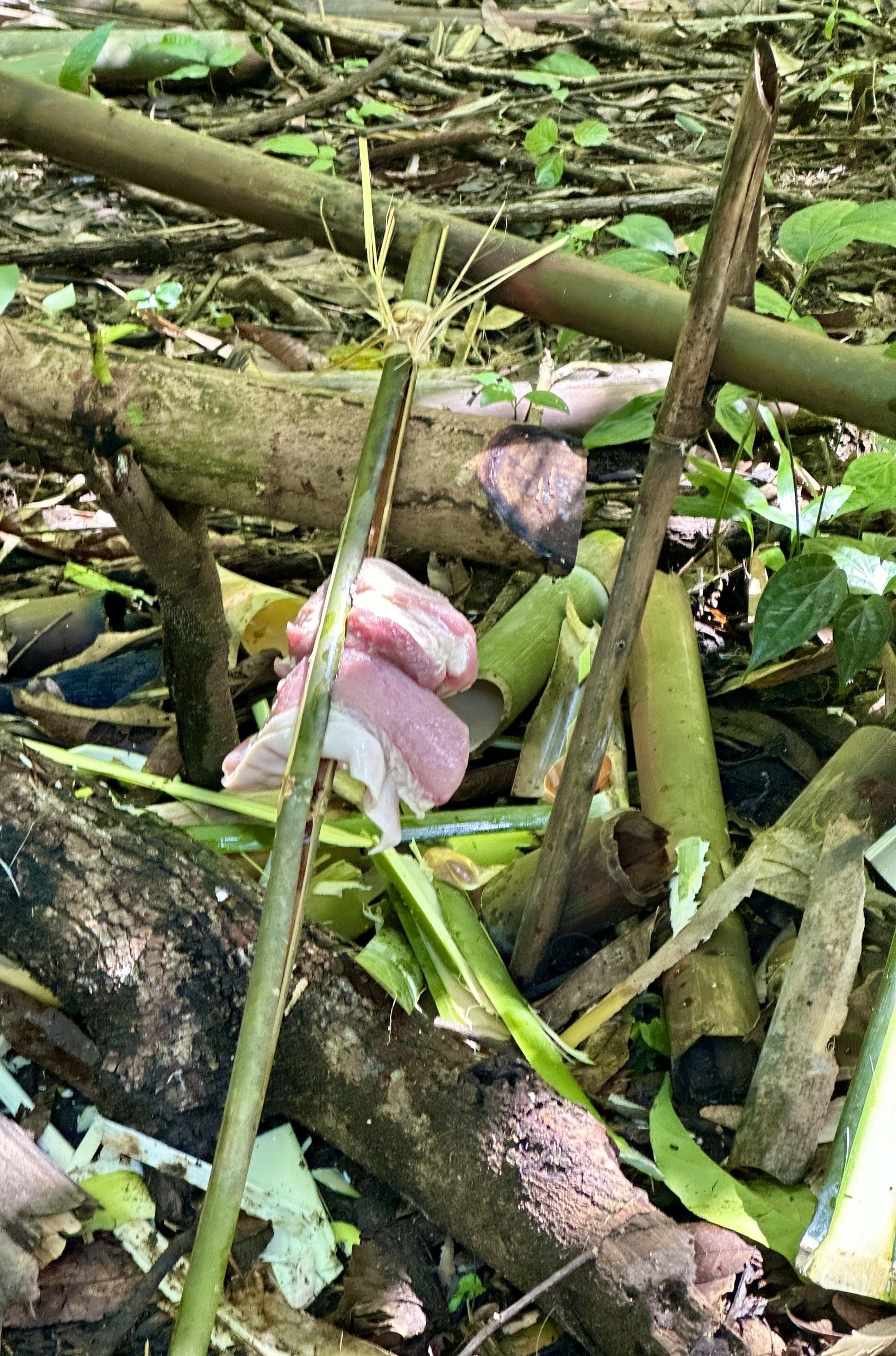







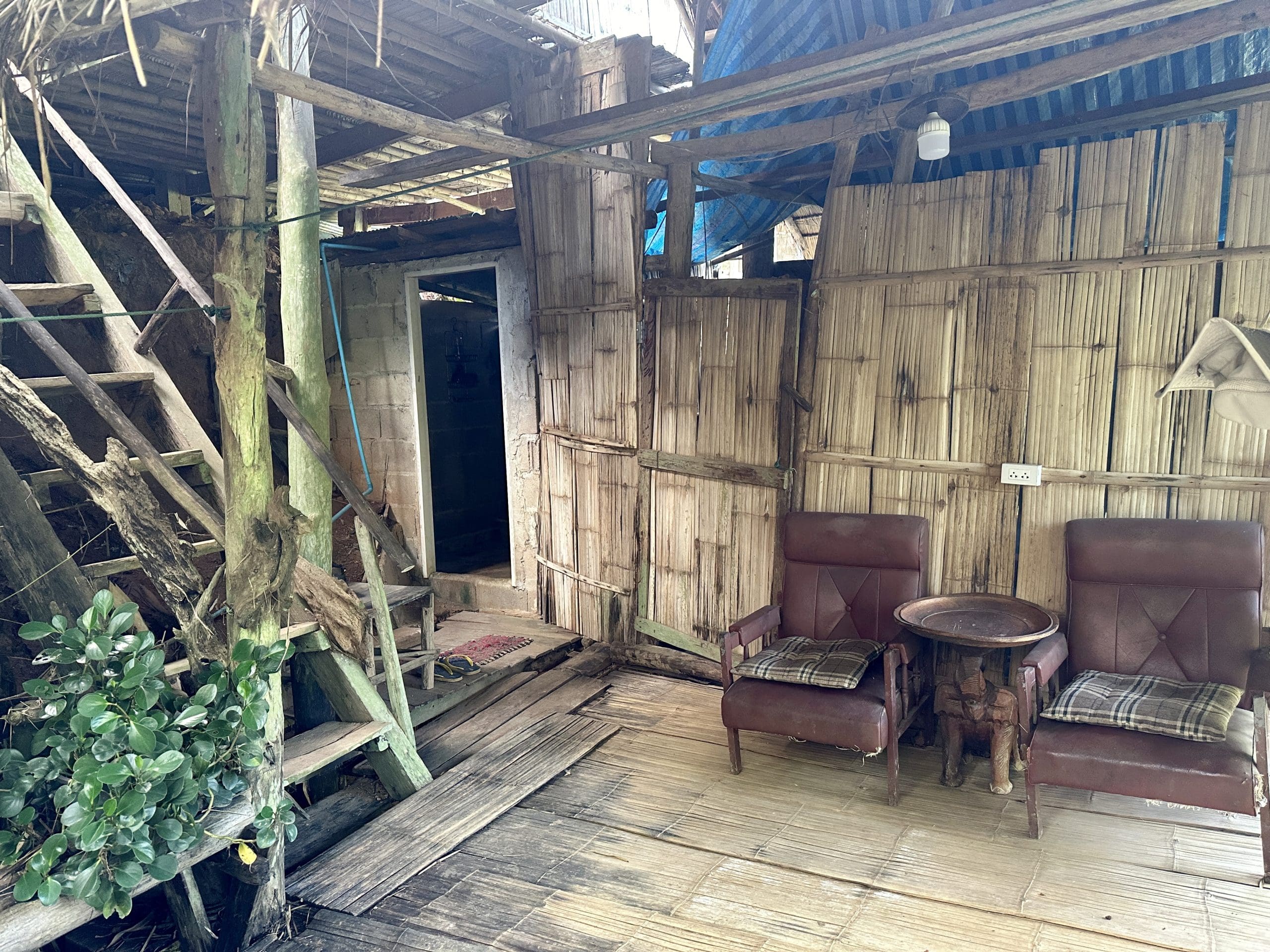


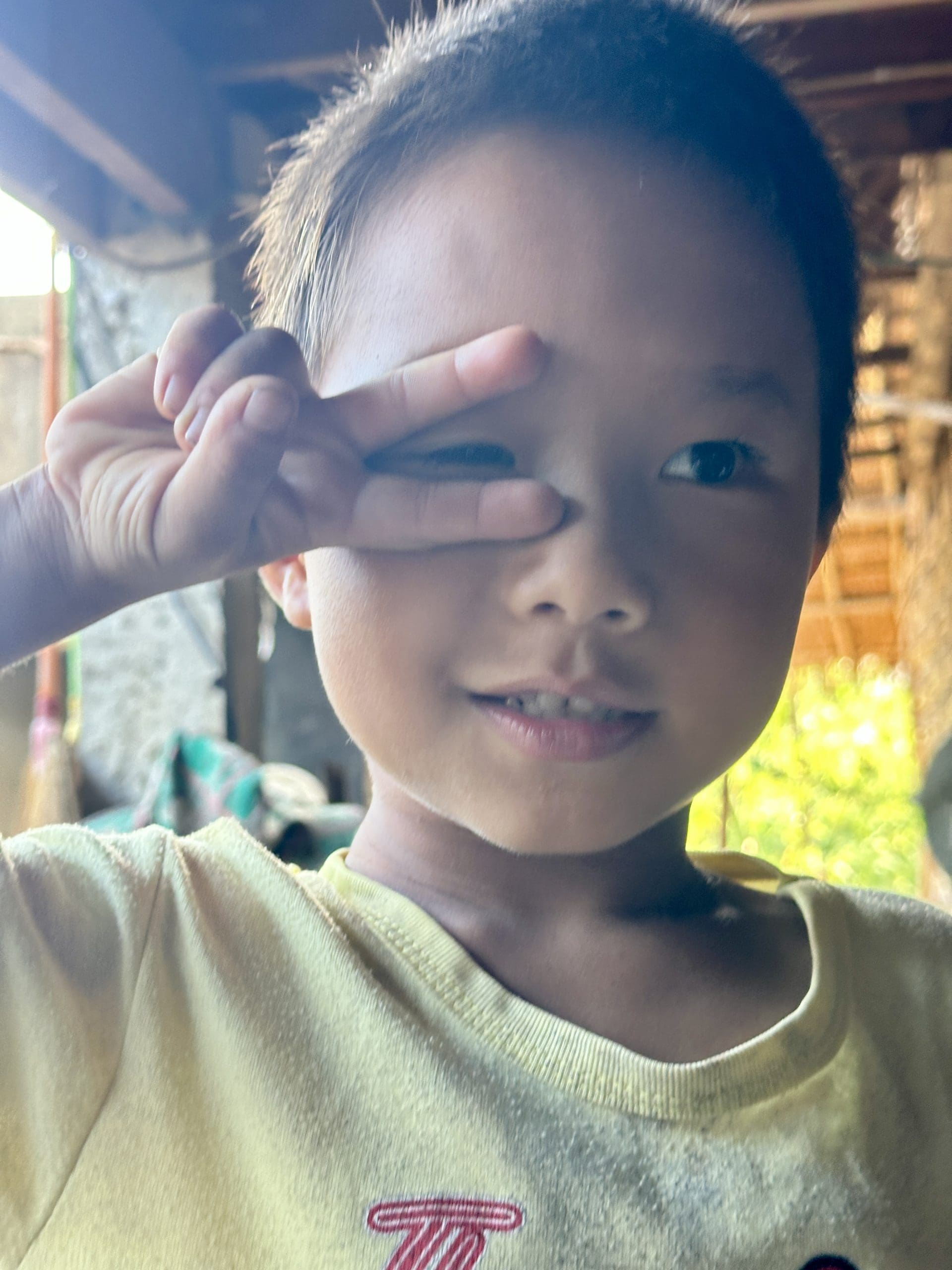


















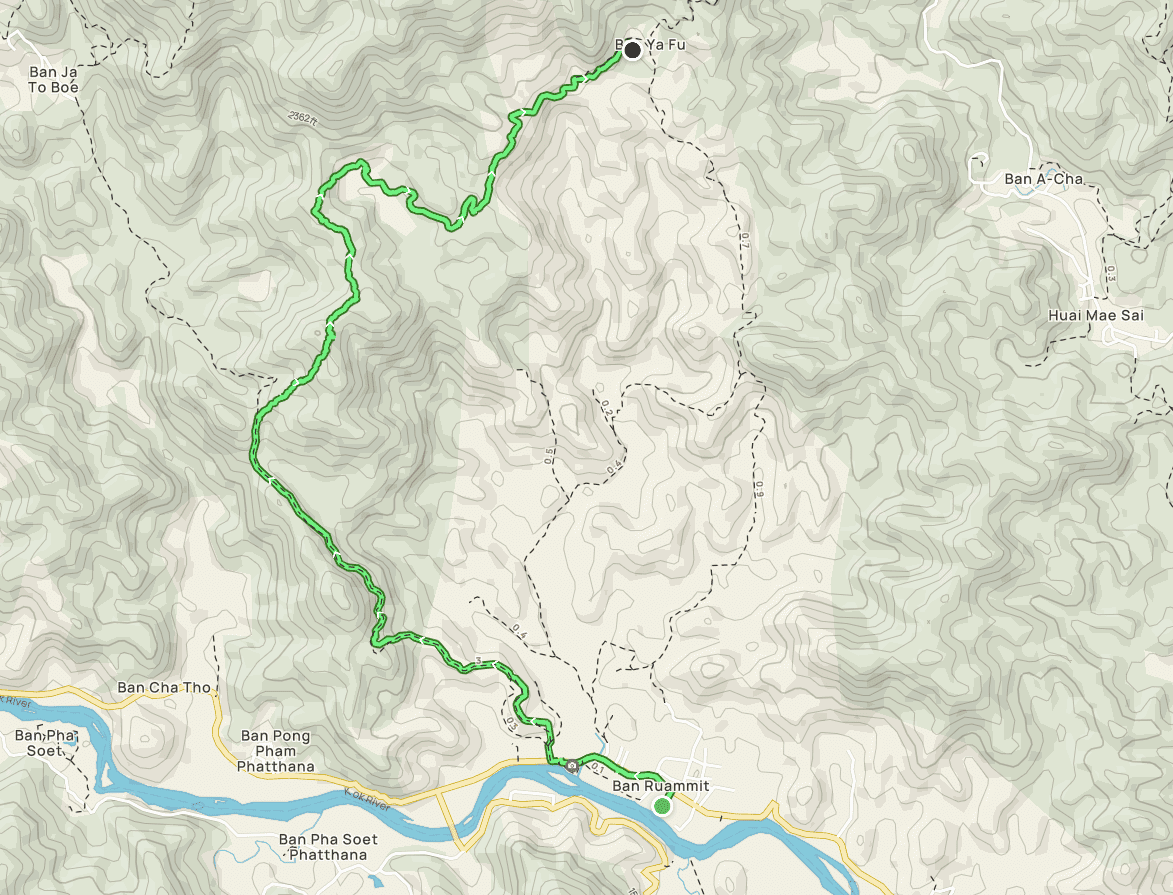
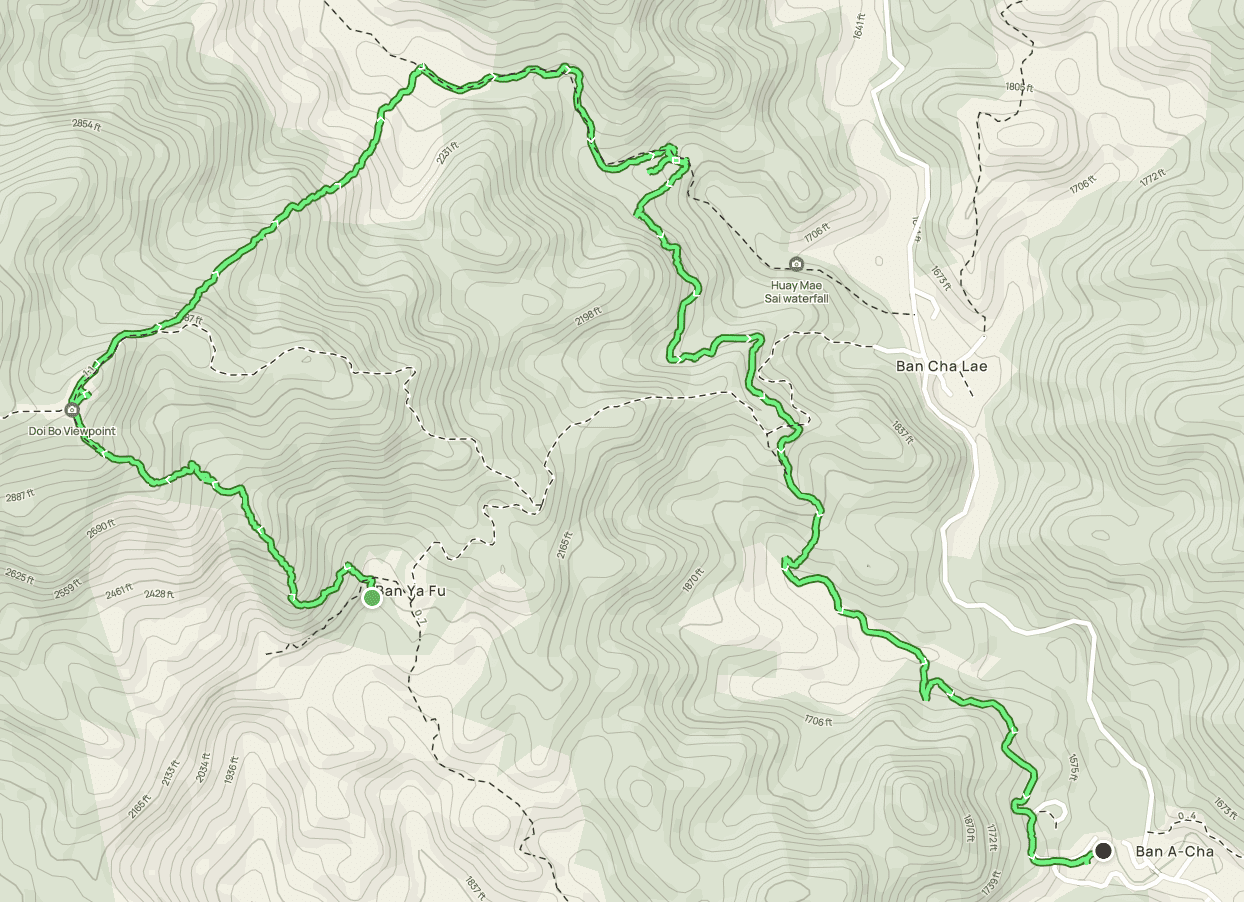
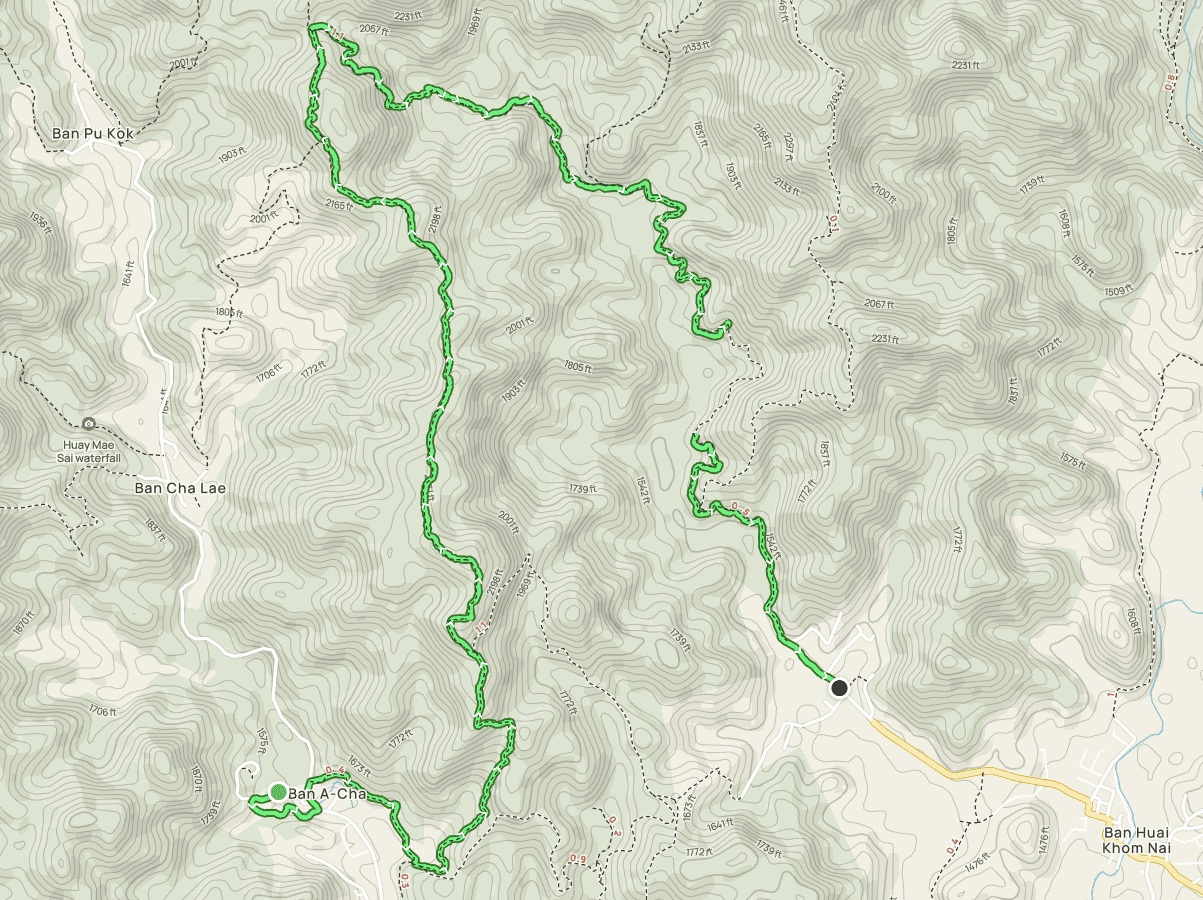
Chris,
Great article. The pictures and map were excellent. It brought back memories of my treck from, if I remember correctly, Chang Mai to Chang Rai to Chang Sai in 1979.
Thanks, Steve! I’m not familiar with Chiang Sai and can’t find it on the map, but I love the beauty of northern Thailand and am fascinated by its mountains and peoples.
Great pictures and explanations again Chris.
I enjoy all of it. And the fact you didn’t eat dog.